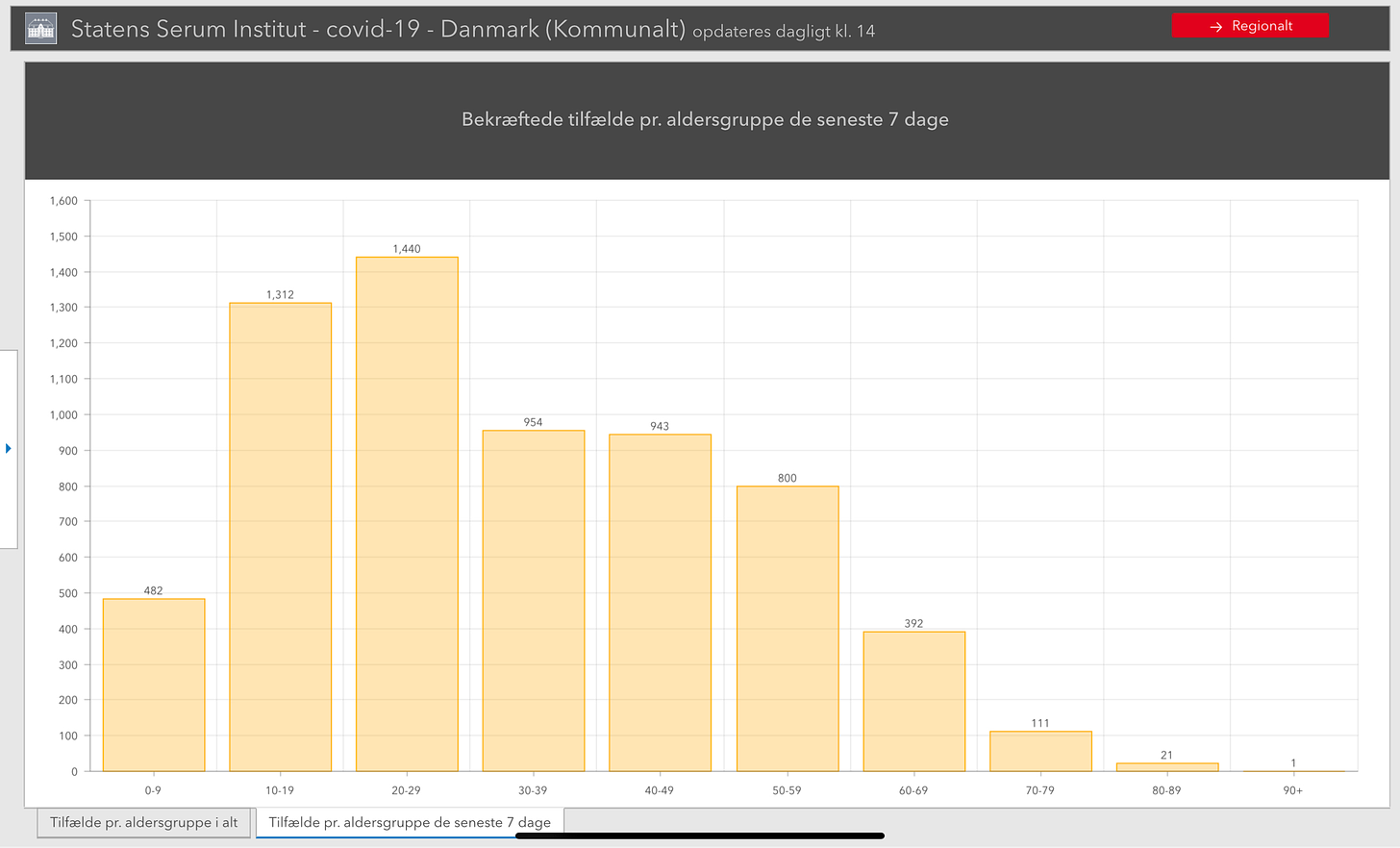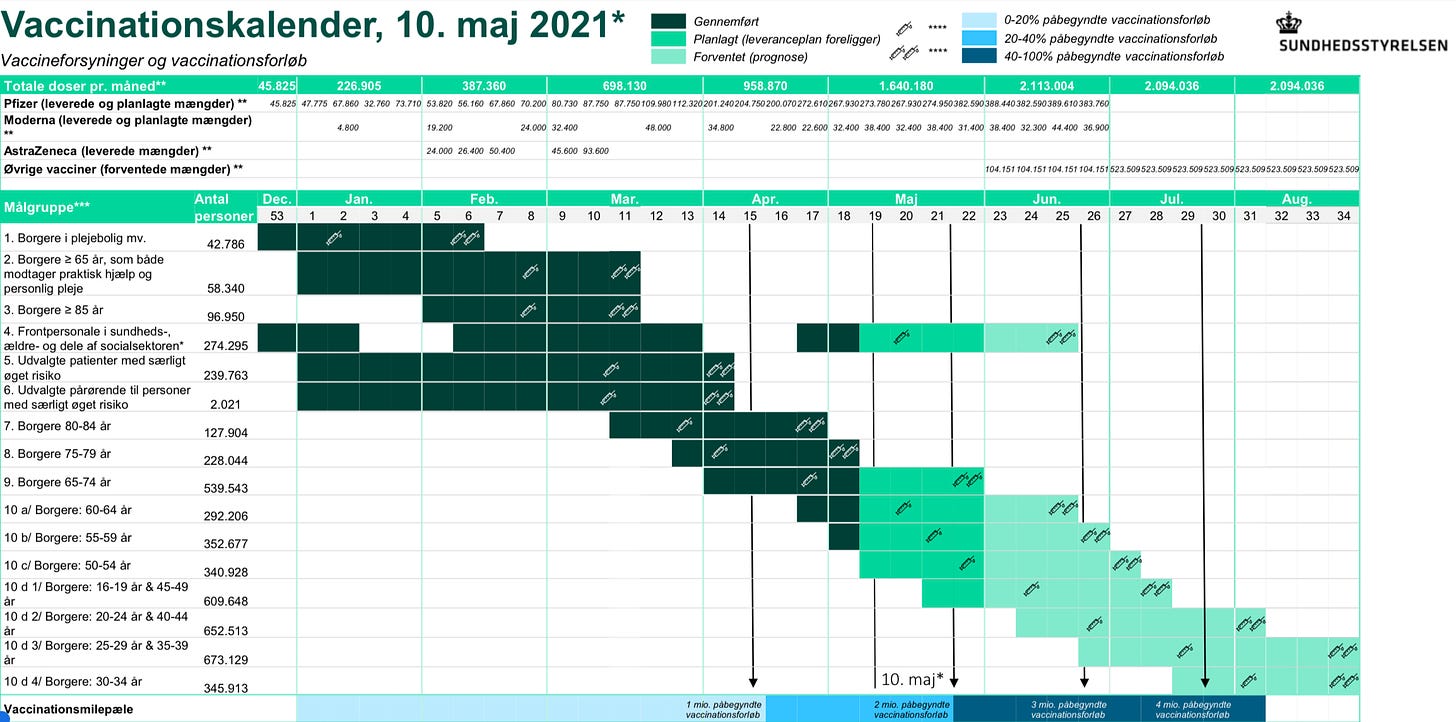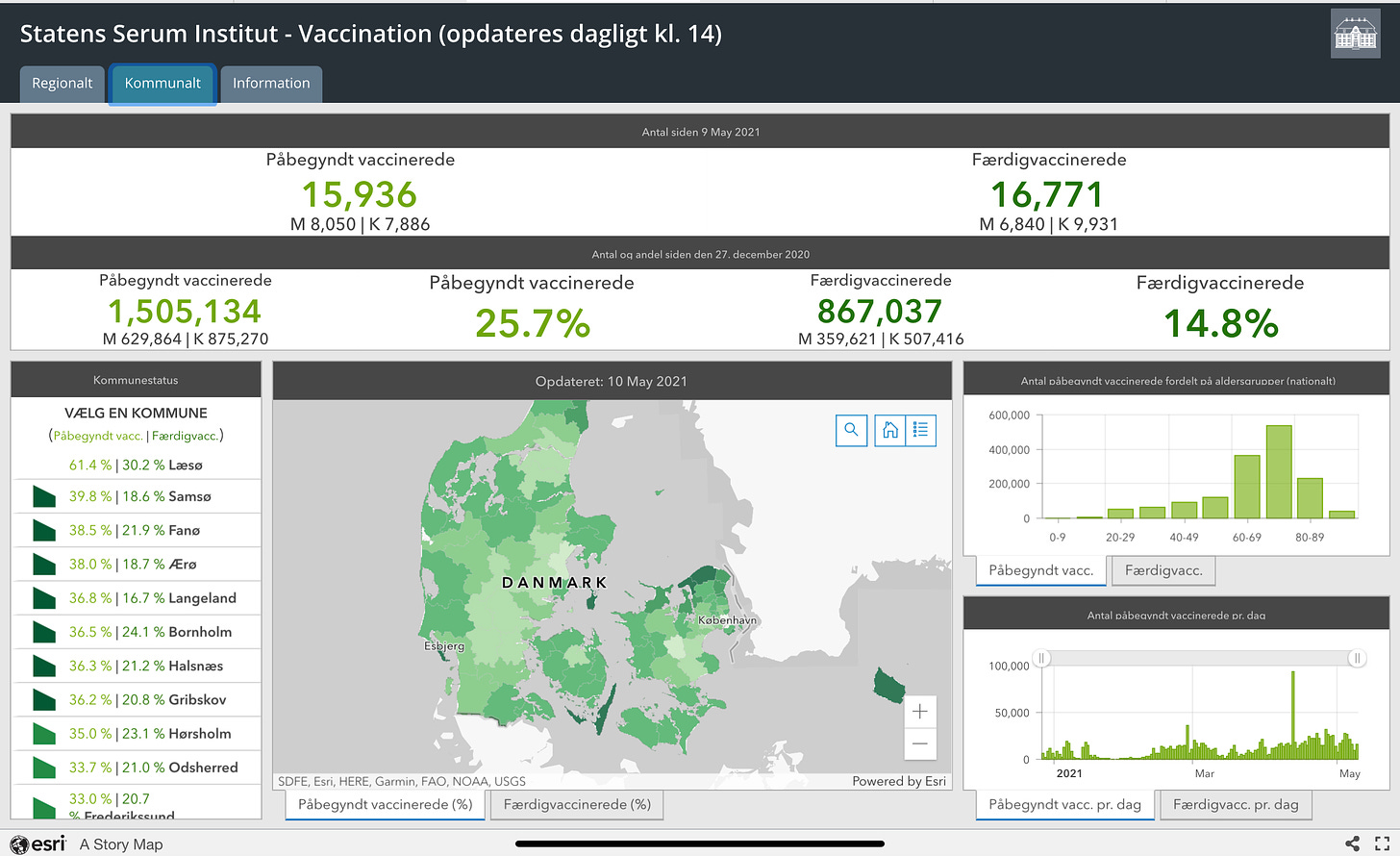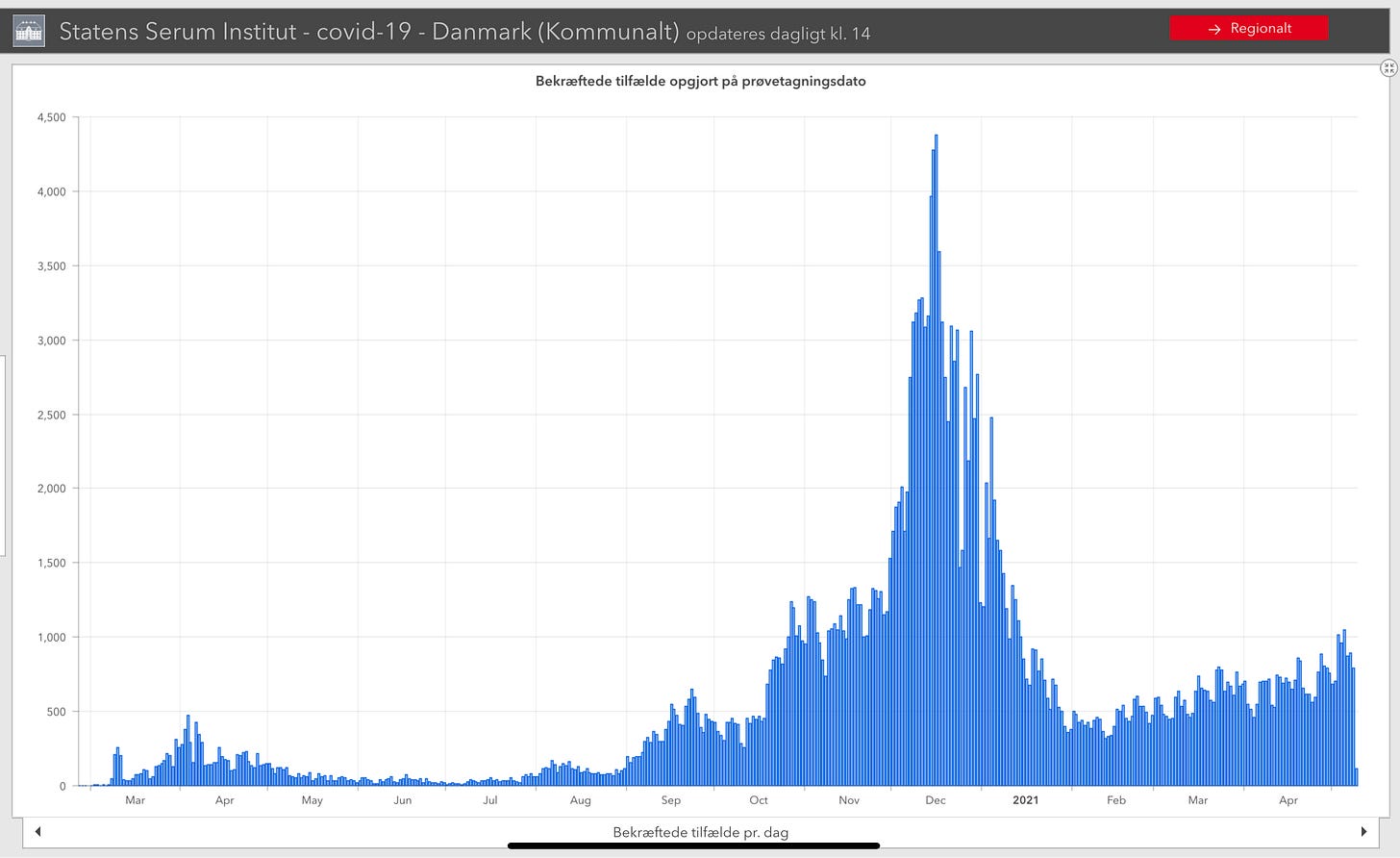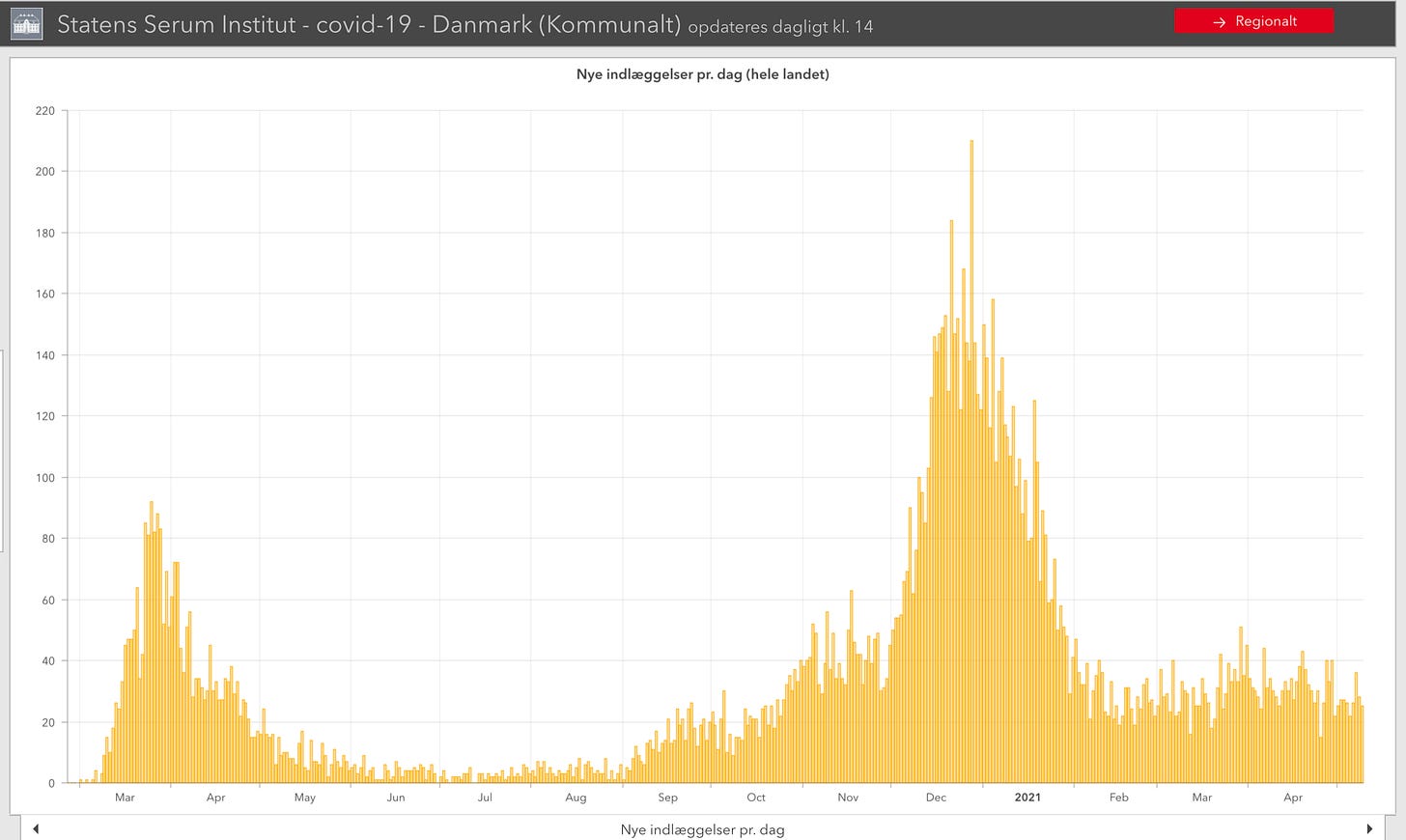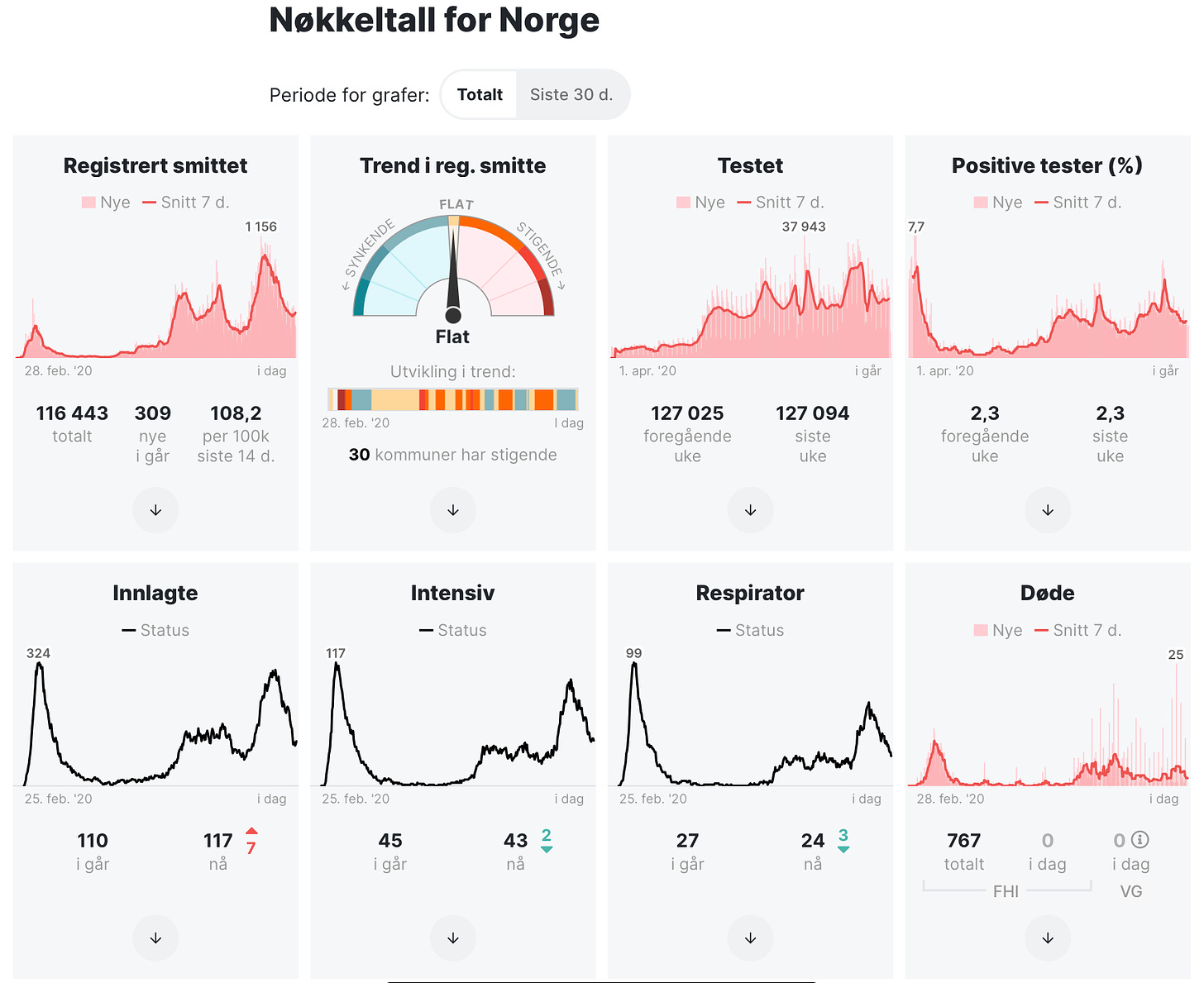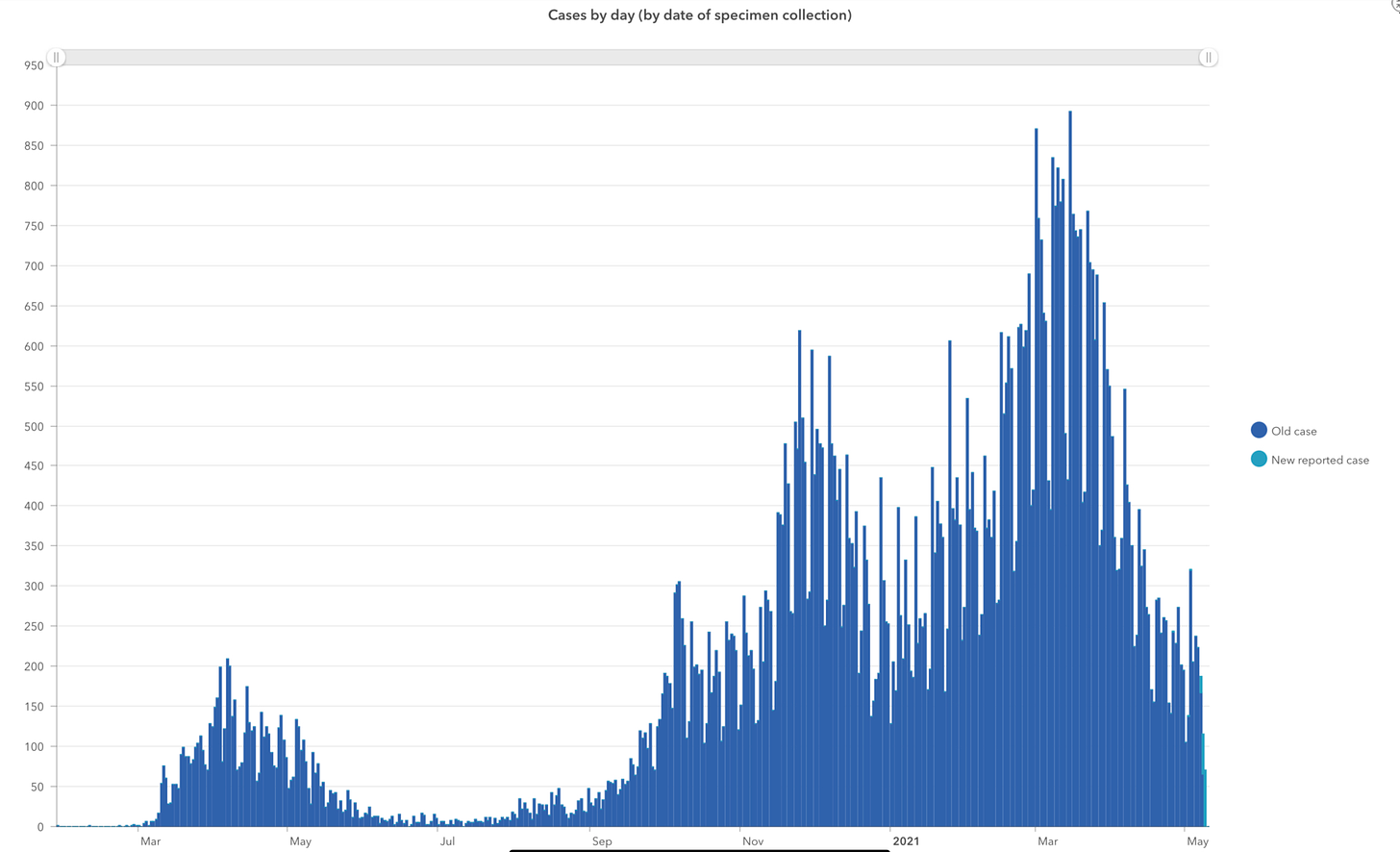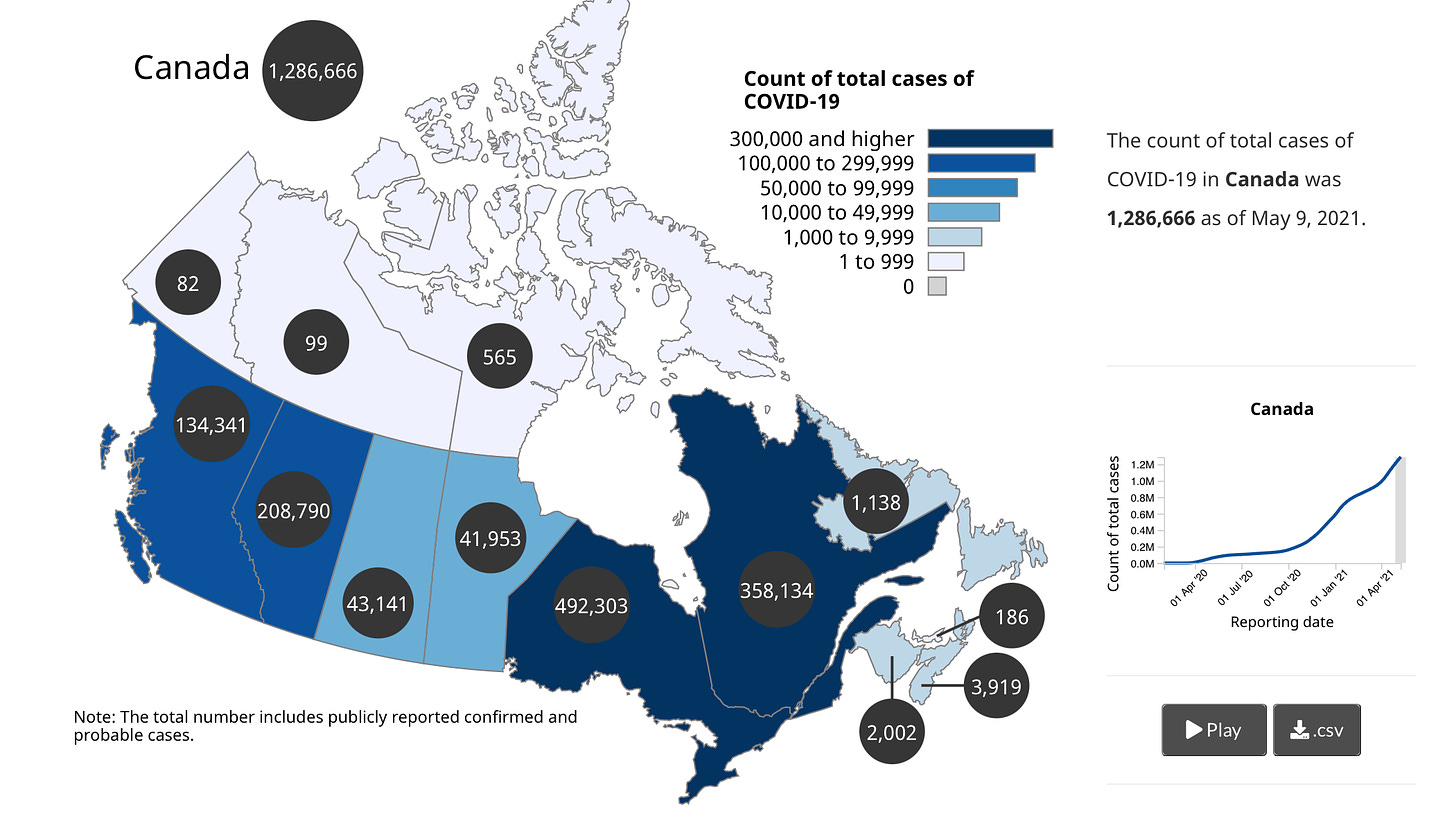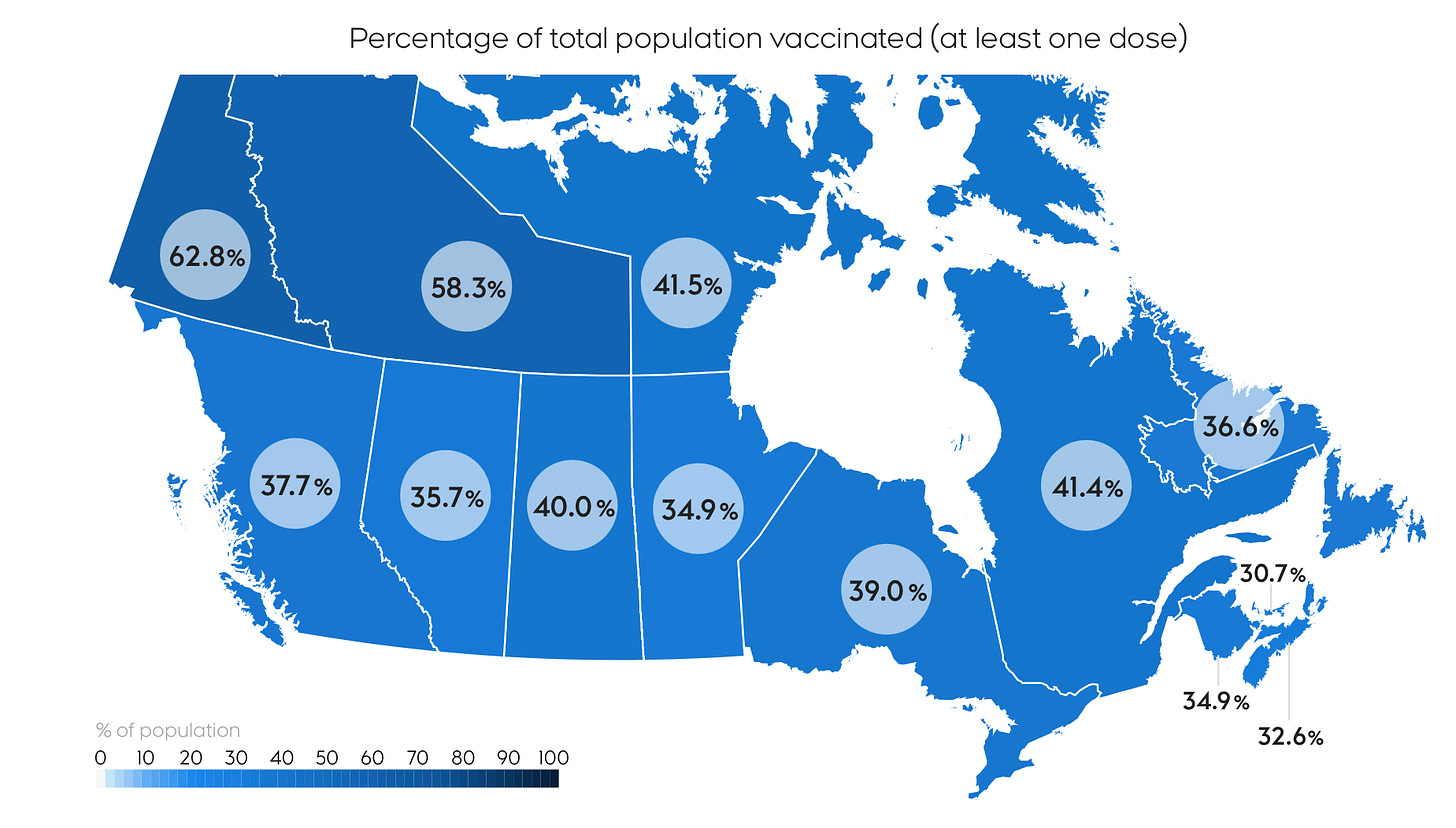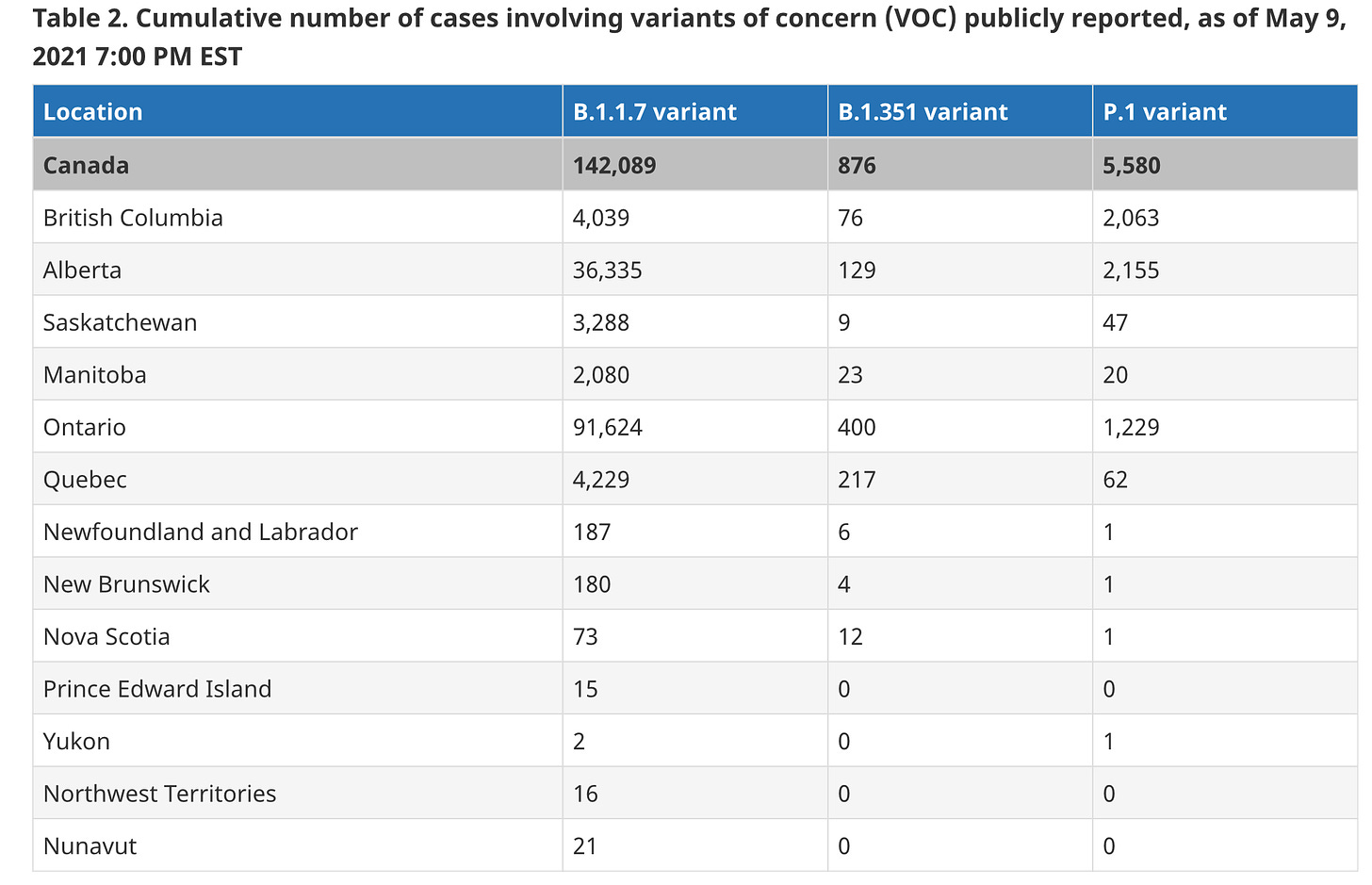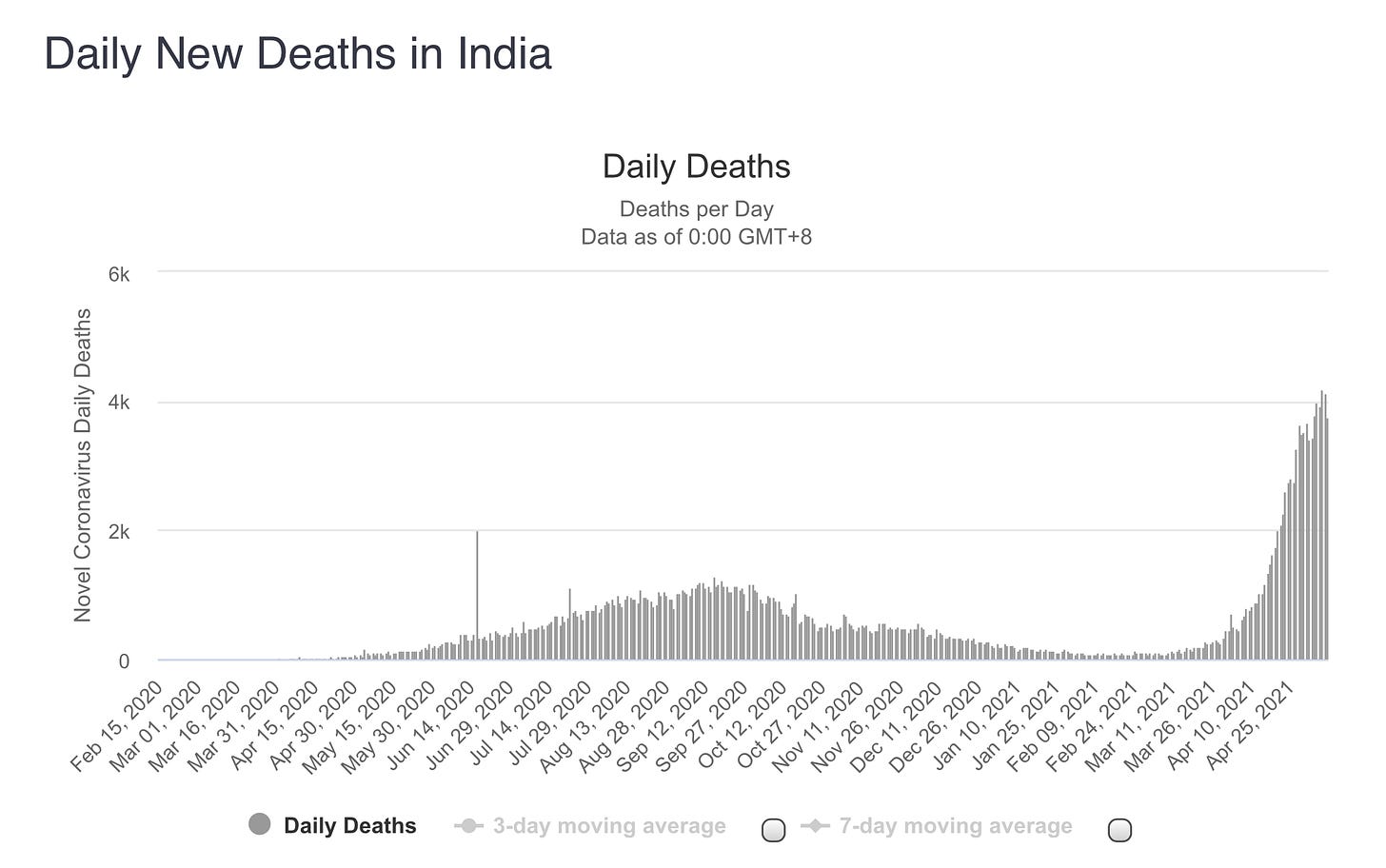🇩🇰
Danish health officials downplayed any concern about rising infection numbers in a press conference on the pandemic situation today. Health Minister Magnus Heunicke says the increase was expected as the country gradually reopens. He adds the impacts of vaccinations are being seen in infection rates with new corona cases now largely concentrated among younger, unvaccinated age groups.
In the last seven days, most cases of infection were found among the 20-29-year-olds, followed by the 10-19-year-olds age groups.
Danish National Health Authority Director Søren Brostrøm added they are seeing fewer severe cases of corona and much less pressure on the hospital system as fewer people are admitted into an ICU.
Staten Serum Institut head Henrik Ullum noted that the bulk of the infection activity remains in Metro Copenhagen.
“If we look at recent antibody analyses on blood donors, approximately 11% of the non-vaccinated have antibodies in the Capital Region, while the figure in the other regions is between 5-7%. Which means that about twice as many have been infected in the Capital Region. In the same way, 8 out of 10 municipalities have the highest incidence in the Capital Region.”
-
Surprisingly, the outbreak of the new Mexican variant in northern Sjælland only got a brief mention. Magnus Heunicke says they are increasing infection detection and contact tracing efforts in the area. He added the variant is not one they are particularly worried about. At least 67 people were infected in the outbreak which originated at a restaurant.
The Staten Serum Institut’s Henrik Ullum says that, no matter the variant, what Denmark is doing so far is working.
"We have strict travel restrictions for countries that have many cases with these variants. We sequence all positive samples and have special PCR analyzes that capture the vast majority. Finally, when we suspect a variant, the Danish Agency for Patient Safety takes extra steps with infection detection that not only includes direct contacts but also contacts to contacts. With this we have so far been able to prevent a widespread outbreak with these variants of concern. Thus, I would tentatively conclude that the population with regard to these variants should leave the concern to the authorities and simply follow the general advice.”
-
There was good and bad vaccine news in today’s press conference. The good news, according to SST Director Søren Brostrøm, was that vaccine deliveries would soon increase to 400,000 doses per day. They will include a combination of Pfizer/BioNTech and Moderna vaccination doses. This will allow for an increase in overall vaccinations. Vaccination invitations are now going out to those 55 to 59 years of age.
The bad news is that Sundhedsstyrelsen has updated the vaccination calendar today and the end date to get everyone in the country at least one vaccination dose has been delayed again. The delay is by one more week to the end of August, or week 34 in Danish terms.
The reason for the delay is that the Curevac vaccine is not yet approved for use by the European Medicines Agency and likely won’t be until mid to late summer.
-
On the vaccination front to date, 1,505,134 1st dose vaccinations (25.7% of the population) have been administered while 867,037 people (14.8%) are now fully vaccinated.
Yesterday there were 32,707 total vaccinations administered.
There is no start date yet for the alternate vaccination scheme that would open up access to Johnson & Johnson and AstraZeneca vaccinations through private clinics. Magnus Heunicke and Søren Brostrøm both said the wrinkles are being ironed out in order to get the process up and running as soon as possible. While we don’t have final details of how this will work, we know it will be run through private clinics and require a recommendation from a doctor.
-
In today’s press conference Health Minister Magnus Heunicke also announced that a national study focusing on long COVID would be launched. Heunicke says the Staten Serum Institut will lead the study. It will look into coronavirus symptoms that can linger for months among people who have survived the virus. The Institut will reach out to Danes who have tested positive and get a sense of their experience since recovery to measure the impact of long COVID in Denmark.
-
Denmark is reporting 932 COVID infections and no new coronavirus deaths in the last day.
Yesterday there were 474,411 total corona tests done, 169,245 PCR and 305,166 rapid, for a (PCR only) positivity percentage of 0.55%.
Tingbjerg District in Copenhagen Kommune has been ordered to lock down as it has exceeded the COVID infection thresholds triggering an automatic shutdown. Schools, culture, and leisure activities must all close. Currently Copenhagen Kommune itself has a corona incidence rate of 214 per 100,000 inhabitants. If it exceeds 250 it will have to be locked down.
-
COVID hospitalizations (153) edged upward slightly (+3), while the number of infected people in an ICU (27) is down (-4). Of those hospitalized, the number on a ventilator (17) is unchanged.
-
The Danish National Health Board is closing ‘cough clinics’ created last fall to see young children and families with COVID symptoms. It says the pandemic situation has improved to the point children six-years-old and younger who have corona symptoms can now see their family doctor without having to have a COVID test prior. The one caveat is that no one else in their household can be infected.
Deputy Director Helene Probst:
"It is gratifying that the epidemic is so much under control that we can make contact with general practice more normal. Over the past six months, many patients, both children and adults, with symptoms have been referred to the regional assessment clinics instead of going to their own doctor. That's changing now. This means that children under the age of 6 who have symptoms can again be seen in general practice, without having to go out and have a corona test before.”
The closure of the regional assessment clinics, or cough clinics, also means health care employees staffing them can return to work in hospitals, further improving the staffing situation there.
-
Region Sjælland (the health authority for the rest of the island outside Metro Copenhagen) is broadening opening times at its vaccination centers beginning in week 20. The health authority says vaccine deliveries have increased allowing it to amp up vaccination efforts. There are 28 vaccination facilities across the health region. The health region says there isn’t a citizen in its jurisdiction that is any more than 20 kilometers from a vaccination center.
-
Hotel operators in Copenhagen are pleading for help as they face another brutal summer. The pandemic has not only cut off tourism but it has sent even staycationing Danes fleeing elsewhere. While holiday homes outside of Copenhagen broke booking records last summer and fall, hotel booking in the city plummeted. Last year, overnight stays in Copenhagen were 85% below normal and already for this summer they are 51% lower than last year.
CEO of Wonderful Copenhagen Mikkel Aarø-Hansen:
“The capital's tourism crisis is far from over. The figures for last year speak for themselves, and now the catastrophic summer is threatening to repeat itself. It goes without saying that the consequences for the profession are enormous. With a normal turnover of 53 billion DKK and 63,000 employees before COVID, the crisis in the capital's tourism extends far beyond the tourism industry.”
Danish Hoteliers are warning it will take years to rebuild, with the industry already losing billions and the impacts rippling out to the thousands of people it employs in Copenhagen.
🇳🇴
Norway has added 814 infections and had no new corona deaths since Friday’s update.
COVID hospitalizations (117) are up (+7) ICU numbers (43) are down (-2) ventilator (24) also dipped (-3).
To date 27.56% of Norwegians have one vaccine dose and 8.76% have had both.
-
The Norwegian Public Health Institute is recommending against use of the one-shot Johnson & Johnson corona vaccine.
Infection Control Director Geir Bukholm:
“Our goal is to protect as many people as possible, as quickly as possible, to reopen society and get everyday life back. It is therefore a difficult decision to recommend that one of the COVID vaccines not be used. Nevertheless, we believe that this is the right decision as the infection situation in Norway is under control.”
Another reason for not using the vaccine according to NIPH is that mathematical modeling suggests that mRNA vaccines provide better protection than viral vector vaccines, like Johnson & Johnson and AstraZeneca.
The agency is recommending Johnson & Johnson vaccine doses be held in reserve as an emergency option should supply problems arise for other vaccines or if the coronavirus situation suddenly explodes again.
The health agency says almost 90% of those in Norway over the age of 65 have had at least a first vaccination dose.
Putting the Johnson & Johnson vaccine on the shelf will also result in a two week delay of Norway’s vaccination program.
🇫🇮
Finland has registered 534 infections and two more deaths since Friday’s update. It reported 229 infections Saturday, 162 on Sunday, and another 143 today.
COVID hospitalizations (121) have dropped (-12), while the number of people in an ICU (26) has also declined (-2).
To date, 1,944,725 1st dose vaccinations (34.9% of the population) have been administered while 211,038 people (3.8%) are now fully vaccinated.
-
The Finnish government is meeting later this week on whether or not to mandate a negative COVID test as a requirement to enter the country. A wide array of organizations including the operators of Helsinki’s port have called for the requirement. The Finnish Health Institute published a study last fall saying, if implemented, it would reduce the transmission risk from incoming travelers by up to 20%. The mayor of Helsinki Jan Vapaavuori is getting frustrated at the dithering saying, “a national requirement for a preliminary test result is needed if borders are to be opened.” He pointed out that many other European countries including Finland’s Nordic neighbours have mandated a negative corona test for entry for a while now.
🇸🇪
Sweden won’t update its coronavirus numbers until tomorrow.
🇩🇪
Germany is offering the Johnson & Johnson one shot vaccine to all adults who want it, removing the age based prioritization requirement. In order to get the shot people need to consult with their doctors and get a prescription. Official German recommendations only advise the Johnson & Johnson vaccine for those 60 years old and older.
💉
In welcome news, BioNTech, a German firm that teamed up with Pfizer to produce the COVID vaccine, said today that no adjustments are needed to its vaccine formula to protect against current coronavirus variants.
🇨🇦
Yesterday Canada reported 6,698 new infections and 58 more coronavirus deaths as its infection curve continues to bend downward.
To date, 14,675,323 (38.61% of the population) 1st dose vaccinations have been administered while 1,240,601 people are now fully vaccinated.
The number of corona variants continues to surge across Canada. The number of Brazilian P1 variants is very concerning in the two western provinces. Alberta has now surpassed B.C. in the number of P1 variant infections. Ontario continues to see huge numbers of the U.K. variant.
Today in Ontario, Health Minister Christine Elliott tweeted, “Ontario is reporting 2,716 cases of COVID19 and nearly 27,200 tests completed. Locally, there are 807 new cases in Toronto, 707 in Peel, 294 in York Region, 168 in Durham and 106 in Hamilton. As of 8:00 p.m. yesterday, 6,238,778 doses of the COVID-19 vaccine have been administered.“
Quebec is reporting 662 infections and six more virus deaths.
In Atlantic Canada, Nova Scotia had 165 infections. New Brunswick had six. Newfoundland and Labrador had five.
Manitoba registered 531 infections and three more corona deaths yesterday as it levied new restrictions to try and bend down its infection curve.
There were 177 infections and no new deaths in Saskatchewan on Sunday. The province is preparing a gradual reopening set to begin on May 30th.
Alberta recorded 1,633 infections and two more deaths yesterday. The province has the dubious distinction of having the highest per-capita infection rate in all of Canada and the United States over the last week.
B.C does not report on weekends and will table three days work of COVID data later today.
🇮🇳
The World Health Organization is now saying the B.1.617 variant is at least partially to blame for the exploding growth of COVID infections that has overwhelmed India’s hospitals and killed thousands. WHO Chief Scientist Soumya Swaminathan told AFP,
“the epidemiological features that we see in India today do indicate that it's an extremely rapidly spreading variant.”
India is seeing a near vertical infection curve breaking daily infection and corona death records virtually every day.
Swaminathan calls the infection surge in India “frightening” not just because of the horrific numbers of infected and dead but also because of the explosion of infection cases itself.
“The more the virus is replicating and spreading and transmitting, the more chances are that mutations will develop and adapt. Variants which accumulate a lot of mutations may ultimately become resistant to the current vaccines that we have. That's going to be a problem for the whole world."




